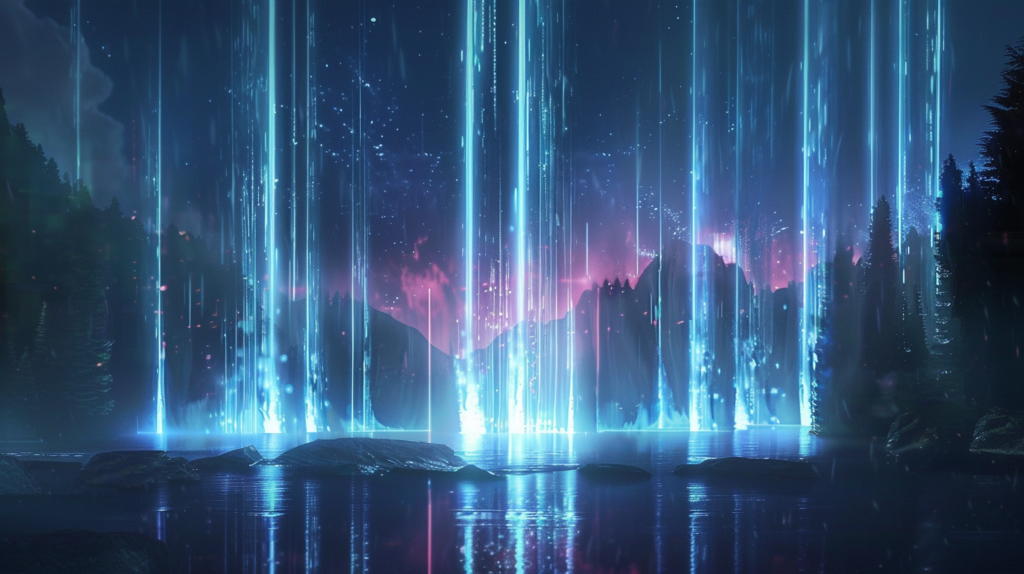Nature never fails to amaze us with its incredible wonders. Our planet is home to some truly mind-blowing phenomena that seem too incredible to be real. From glowing waters to rivers that appear to boil, here are 14 natural marvels that will leave you in awe.
Bioluminescent Waves
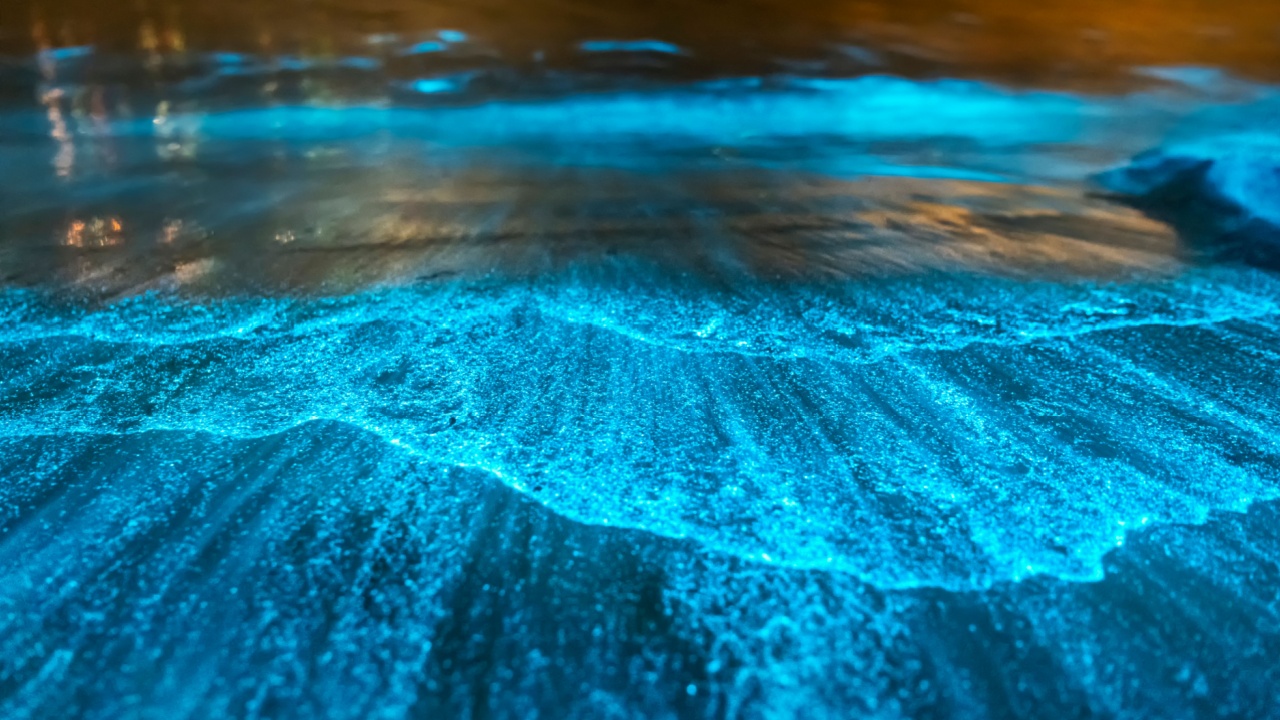
Imagine walking along a beach at night when suddenly the waves start to glow an otherworldly blue. This magical sight is caused by tiny organisms called dinoflagellates. When disturbed, they emit a blue light, creating a stunning bioluminescent shore. You can witness this spectacle in places like the Maldives, Puerto Rico, and some beaches in California.
Fire Rainbows
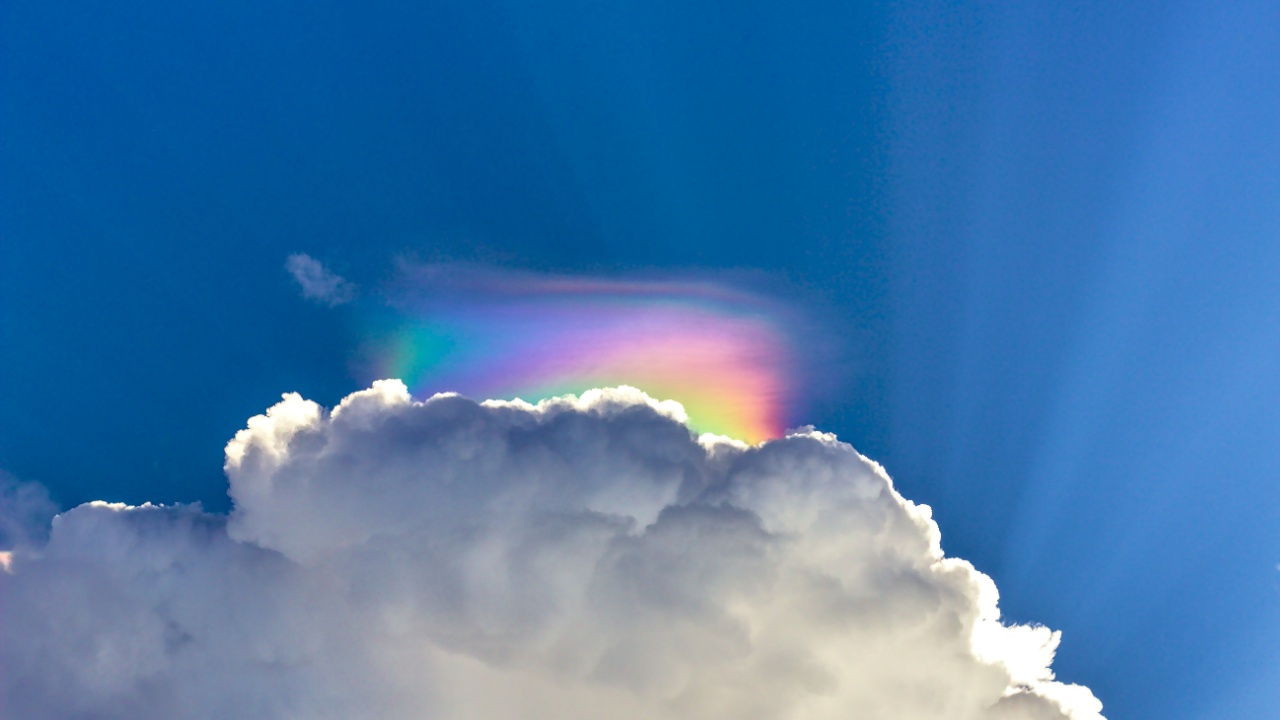
Despite their name, fire rainbows aren’t actually rainbows and have nothing to do with fire. These dazzling displays, also known as circumhorizontal arcs, happen when sunlight passes through high-altitude cirrus clouds. The ice crystals in these clouds act like tiny prisms, splitting the light into a rainbow of colors. Fire rainbows are rare and can only be seen when the sun is very high in the sky.
Dirty Thunderstorms
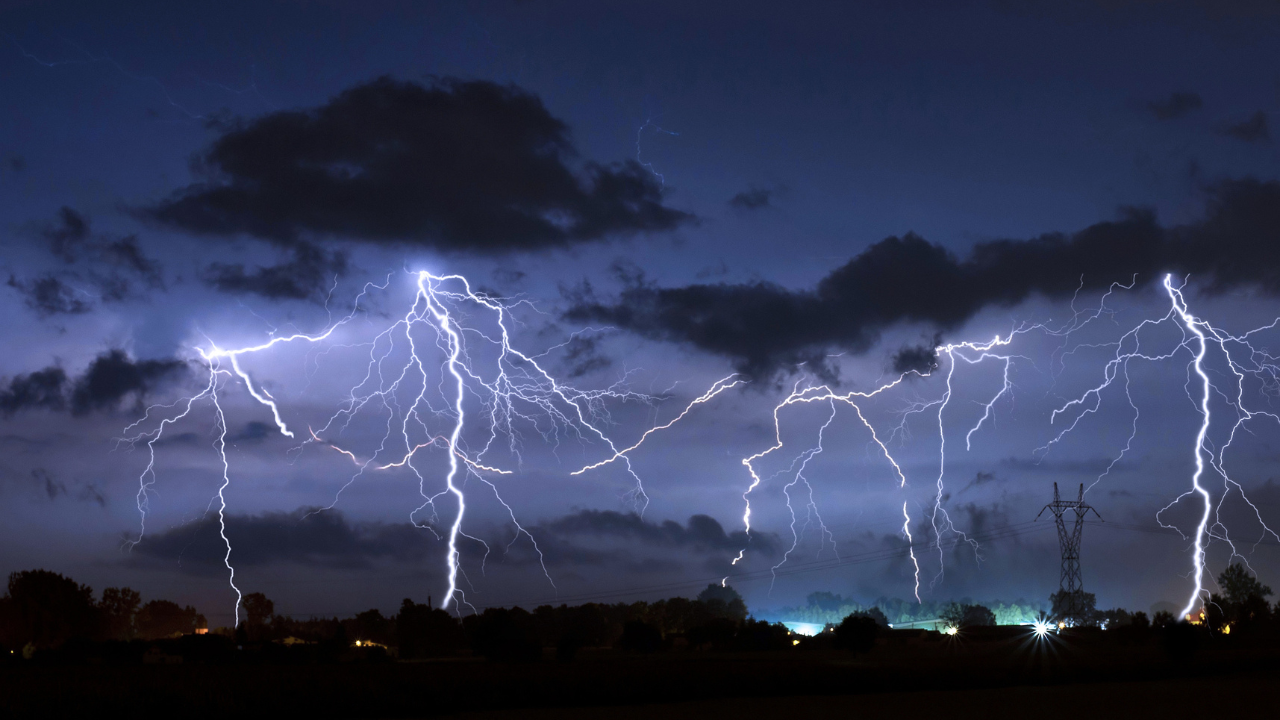
When lightning strikes during a volcanic eruption, it creates a breathtaking and terrifying sight known as a dirty thunderstorm. This happens because the ash, rock, and volcanic gases in the plume create an electrical charge. The result is a spectacular display of lightning around the erupting volcano, making an already dramatic event even more awe-inspiring.
Blood Falls

In Antarctica, a bright red waterfall pours out from Taylor Glacier, looking like a wound in the ice. This eerie phenomenon is called Blood Falls. The red color comes from iron-rich saltwater that’s been trapped under the glacier for millions of years. When this water reaches the surface and meets the air, the iron rusts, creating the blood-like appearance.
Sailing Stones

In Death Valley, California, heavy rocks seem to move across the desert floor on their own, leaving long trails behind them. This puzzling phenomenon stumped scientists for years. We now know that these “sailing stones” move when a thin layer of ice forms beneath them during rare rainy periods. Wind then pushes the rocks across the slippery surface, creating their mysterious trails.
Spherical Clouds
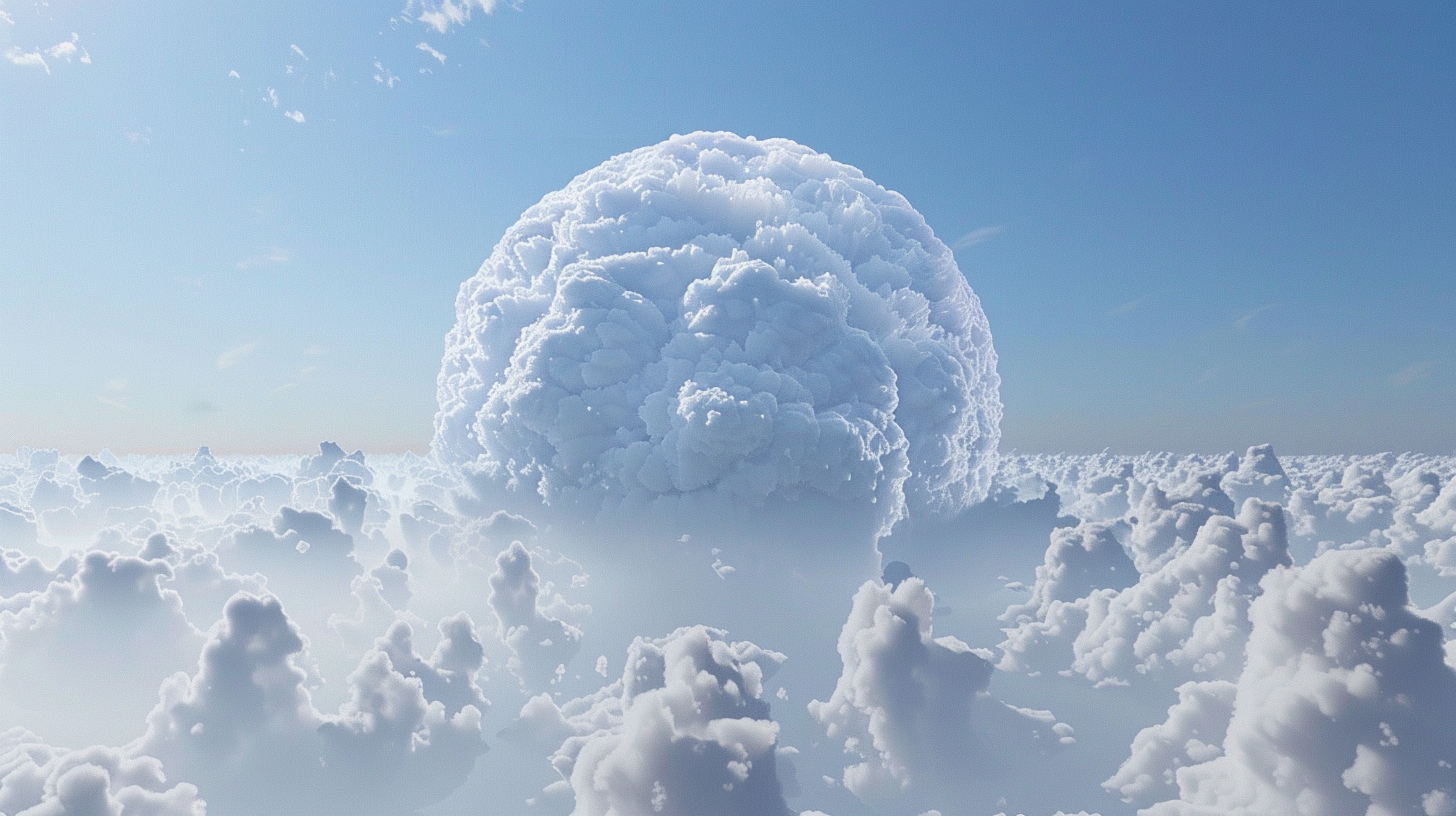
Sometimes, clouds decide to break away from their usual shapes and form perfect spheres. These rare clouds, called Morning Glory clouds, can stretch for hundreds of miles. They’re most commonly seen in Northern Australia during spring mornings. Scientists still aren’t entirely sure why these unique clouds form, adding to their mystery.
Frost Flowers
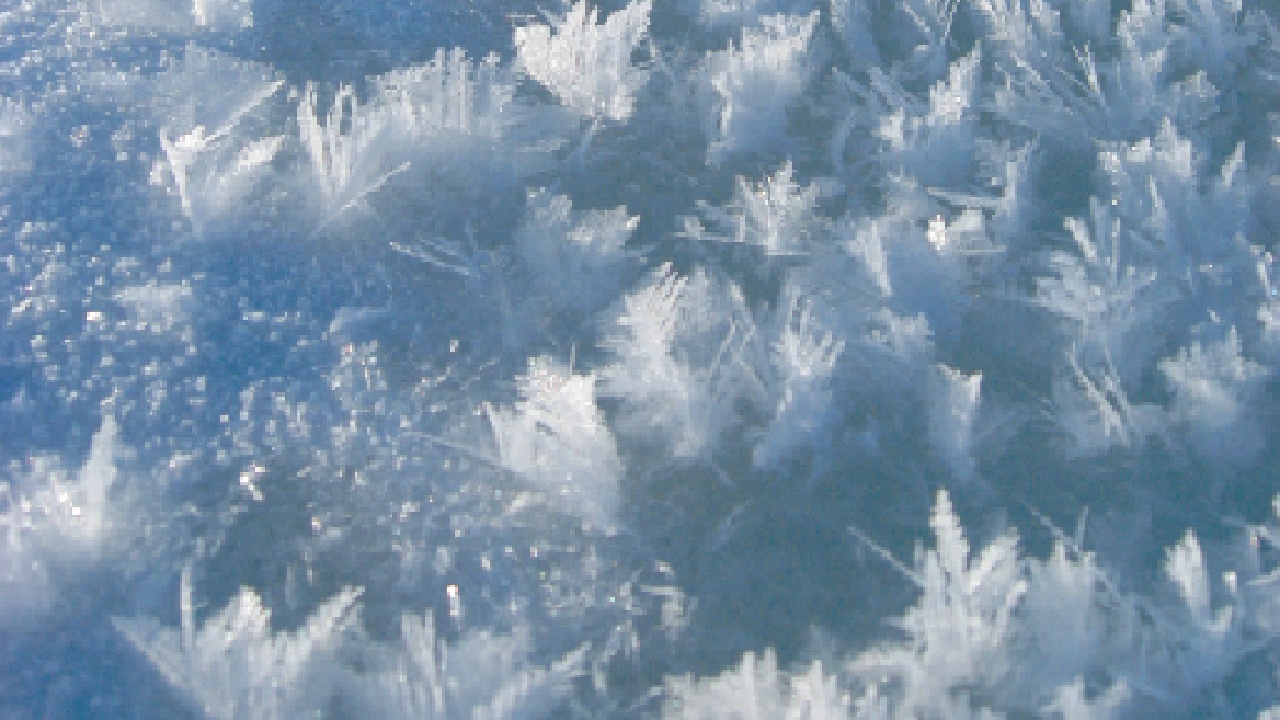
In Arctic and Antarctic regions, delicate structures called frost flowers sometimes bloom on new sea ice. These intricate ice crystals form when the ocean is significantly warmer than the air above it. As water vapor rises from small cracks in the ice, it freezes immediately, creating beautiful flower-like formations.
Underwater Crop Circles
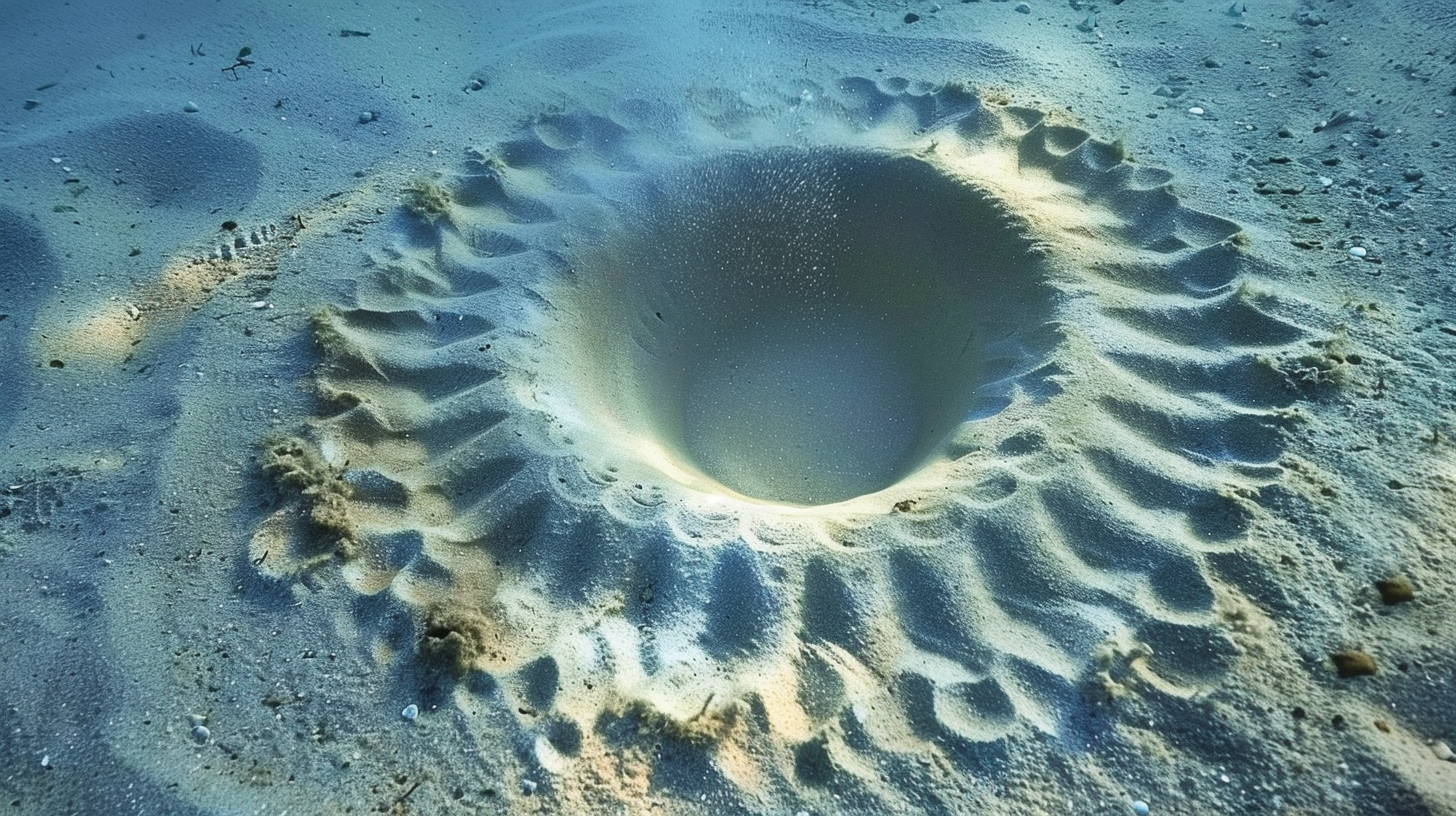
Off the coast of Japan, divers discovered strange circular patterns on the seafloor. These “underwater crop circles” are actually created by male pufferfish. The fish spend days making these intricate designs in the sand to attract mates. It’s a stunning example of natural artistry hidden beneath the waves.
Light Pillars
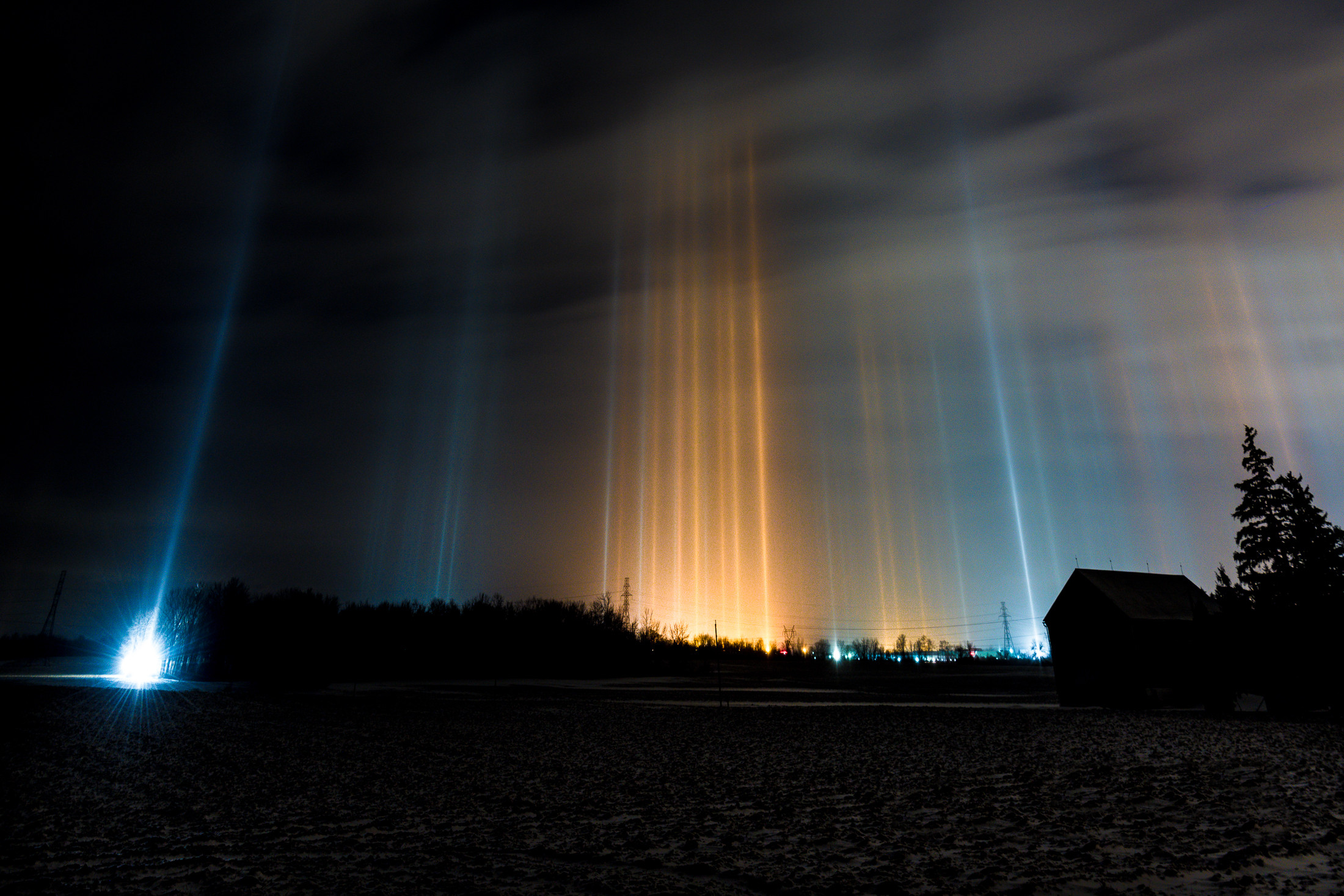
On cold winter nights, columns of light sometimes appear to shoot up into the sky. These light pillars aren’t alien beacons, but an optical illusion caused by ice crystals in the air. The flat surfaces of these crystals reflect light from the ground, creating the illusion of pillars stretching up into the night sky.
The Green Flash
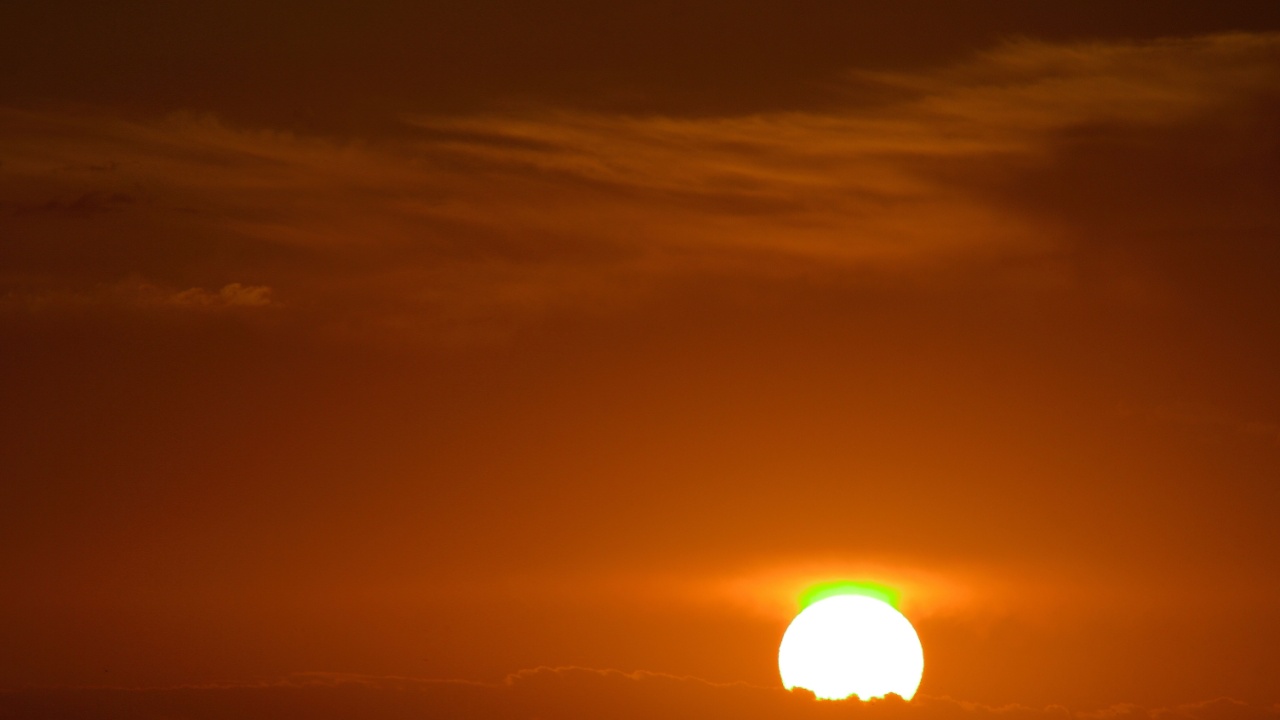
For a brief moment at sunset or sunrise, a green spot is sometimes visible above the sun. This “green flash” happens when the atmosphere refracts sunlight, separating it into different colors. It’s a rare sight that requires a clear horizon and the right atmospheric conditions, making it a prized observation for many sky watchers.
Volcanic Lightning
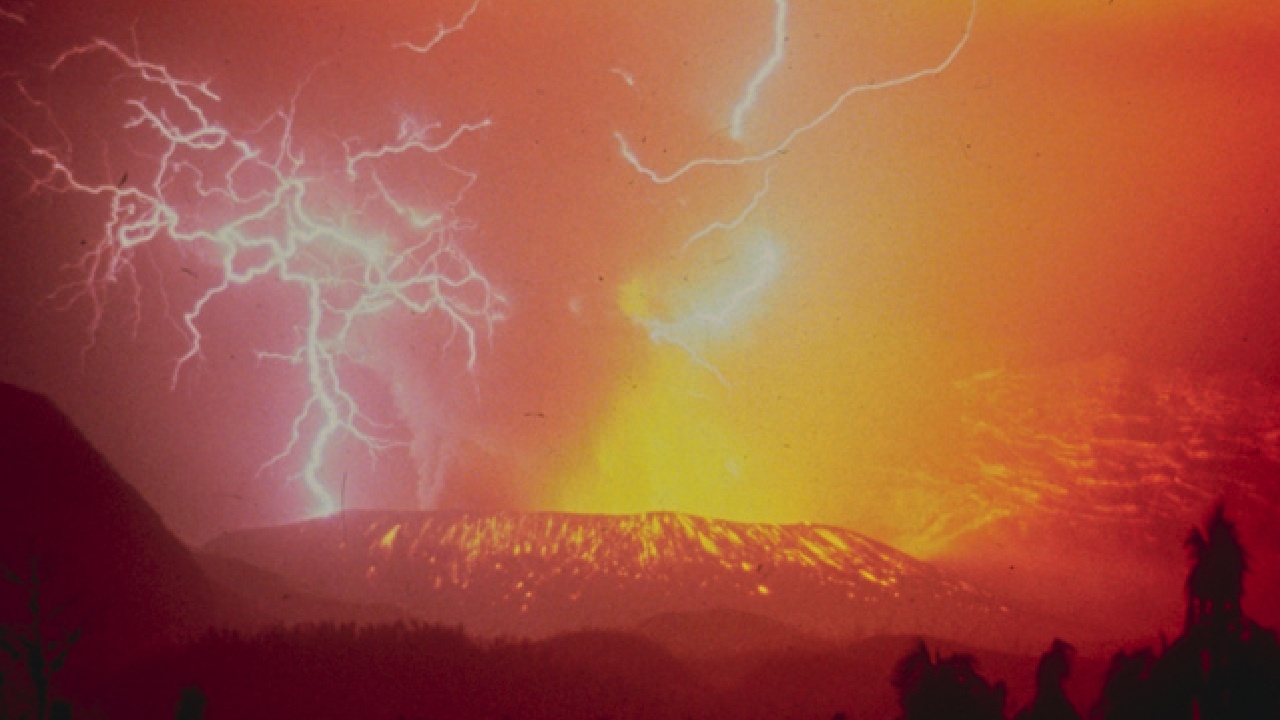
When a volcano erupts, it sometimes produces its own lightning storms. This happens because the ash and rock ejected from the volcano create an electrical charge in the air. The result is a spectacular and terrifying display of lightning around the erupting volcano, adding another layer of drama to an already impressive event.
Striped Icebergs
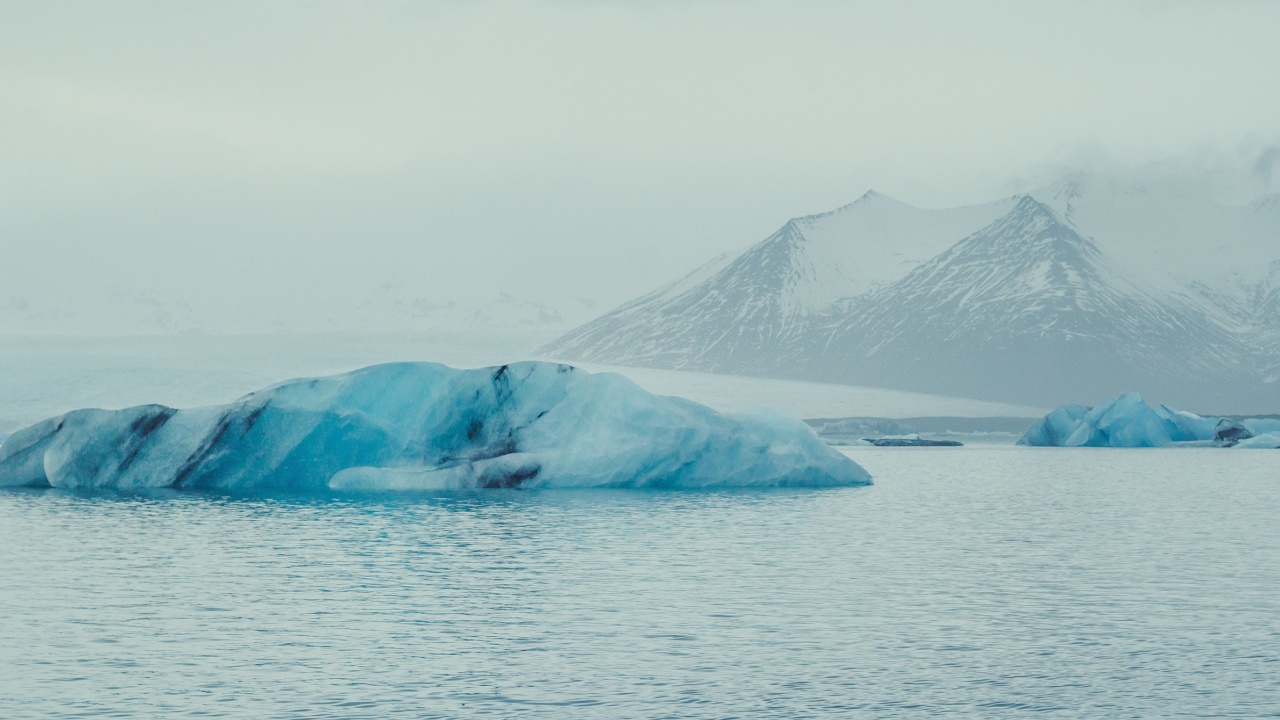
Most icebergs we see are white, but some have stunning blue, green, black, or brown stripes. These colorful bands form in different ways. Blue stripes happen when water freezes so quickly that no bubbles form. Green stripes come from algae-rich water that freezes. Dark stripes can form from sediments picked up as the glacier moves over land.
Mammatus Clouds
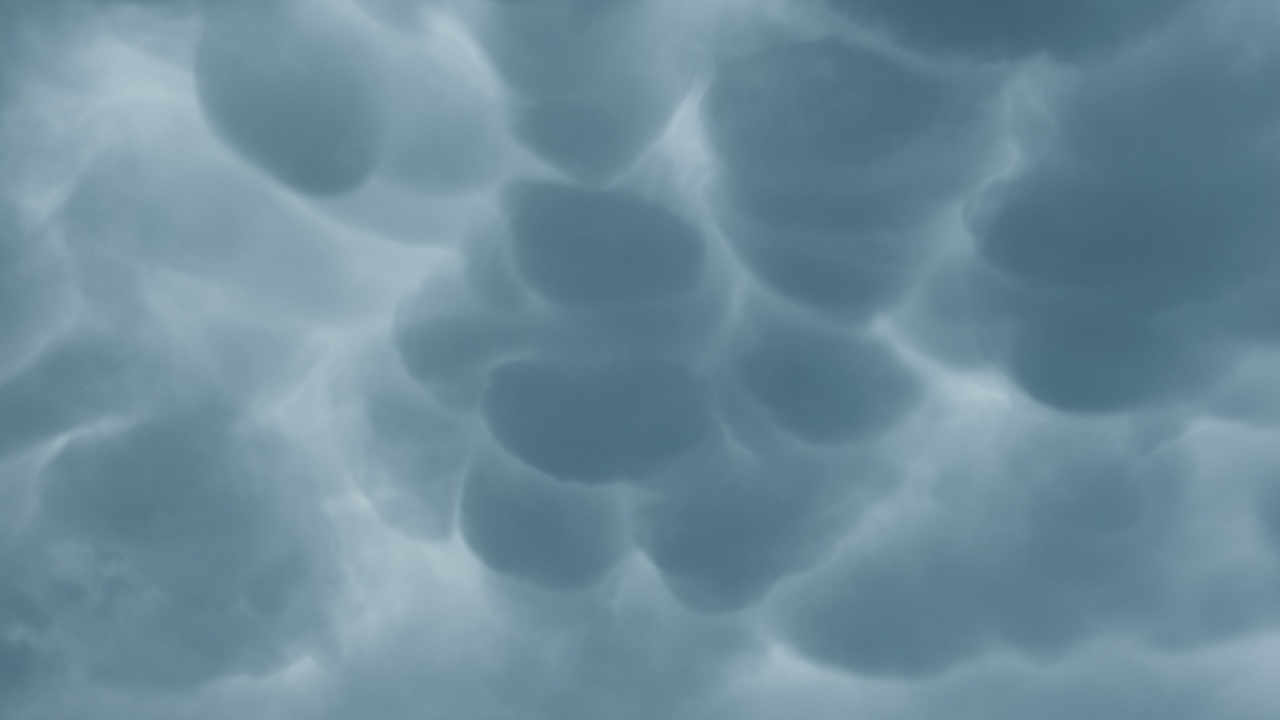
These strange, pouch-like clouds hang from the underside of larger clouds, creating an otherworldly sky. Mammatus clouds usually form after severe thunderstorms. Their unique shape comes from sinking pockets of cold, moist air. While they look ominous, they actually signal that the worst of the storm has passed.
Nacreous Clouds

Also known as mother-of-pearl clouds, these rare formations appear in the winter polar stratosphere. They form when the sun is just below the horizon, creating a stunning display of iridescent colors. While beautiful, nacreous clouds also play a role in ozone depletion, making them a bittersweet sight for those who understand their impact.
Becky is a fervent wildlife enthusiast and pet care expert with a diploma in canine nutrition. Her love for animals stretches beyond the domestic, embracing the wild tapestry of global fauna. With over a decade of experience in animal welfare, Becky lends her expertise to OutlandishOwl through insightful articles, captivating wildlife information, and invaluable guidance on pet nutrition. Her work embodies a deep commitment to understanding the intricate lives of animals and a passion for educating others on sustaining natural habitats. Becky's hands-on conservation efforts and her knack for translating complex dietary science into practical pet feeding tips make her an indispensable voice for creatures great and small.

